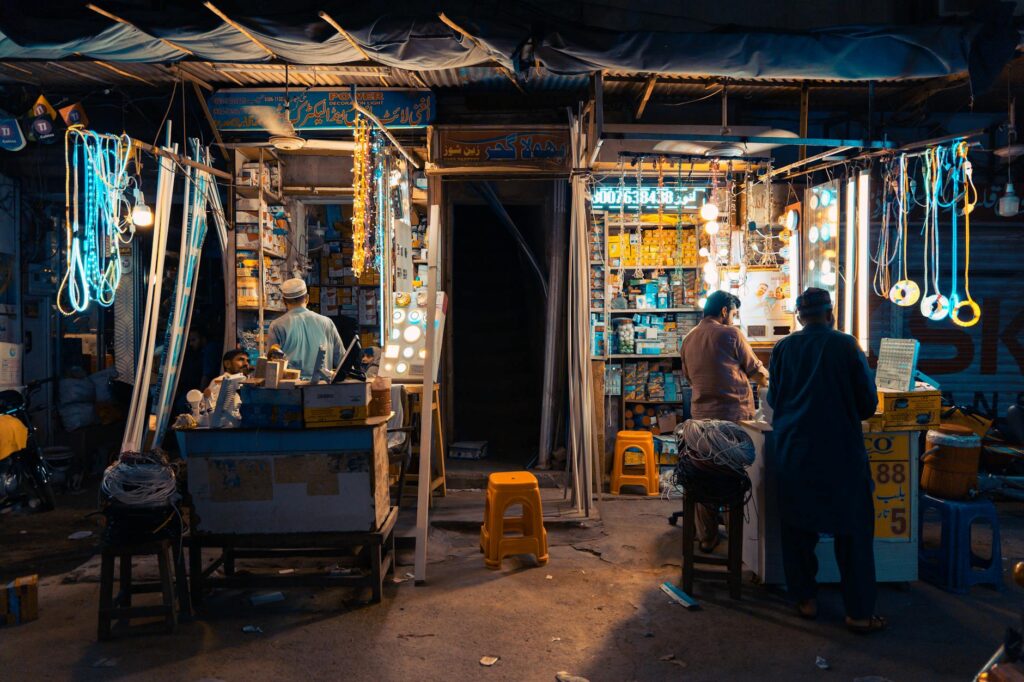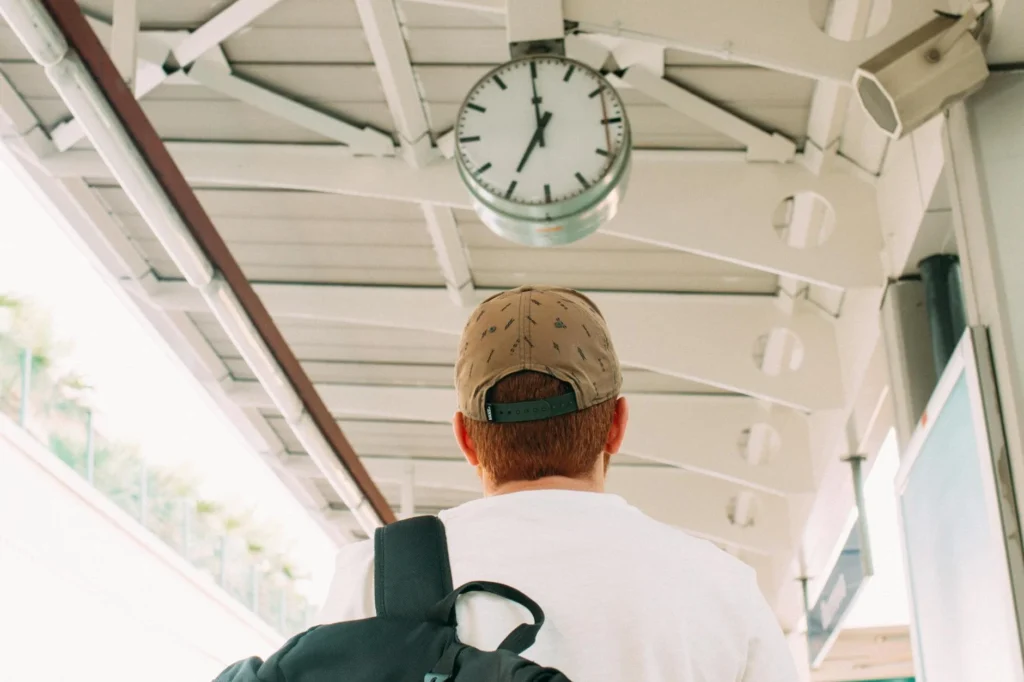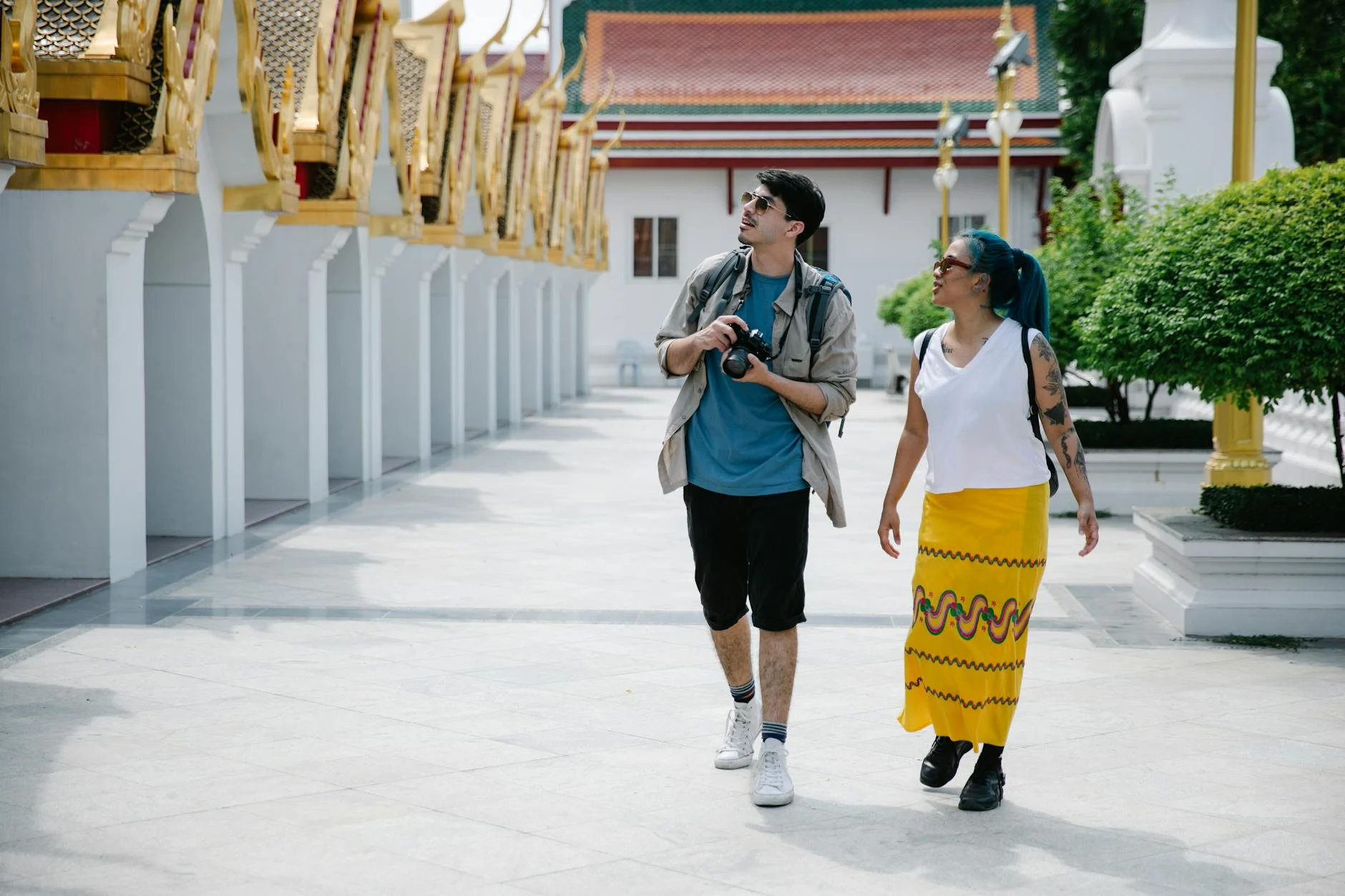Short layovers often feel like wasted time, but they don’t have to be. With 24 hours to spare, you can turn a quick transit into a mini adventure. Whether it’s indulging in local flavors, exploring landmarks, or simply soaking in a new culture, there’s plenty to make your fleeting stop unforgettable. This guide will show you how to maximize every moment, turning stopovers into stories you’ll cherish.
Plan Ahead for a Smooth Experience
Even with just 24 hours, preparation is everything. A little planning goes a long way to make your brief stopover stress-free and packed with fun. Here’s how to stay ahead of the game and make the most of your time.
Check Visa Requirements
Check if you need a transit visa for your layover. Some countries require one even without leaving the airport.
If needed, apply early to avoid delays. Many countries offer quick online applications. Check processing times and immigration rules.
Pack Smart for Your Stopover
Packing for a layover is like preparing a snack for a road trip—small but mighty is the goal. A lightweight, easy-to-carry daypack is your best friend for stopovers.
Here’s what I never leave out of my carry-on:
- Change of Clothes: Perfect for refreshing after a nap or before hitting the city.
- Travel-Sized Toiletries: Think toothbrush, deodorant, and face wipes for a quick freshen-up.
- Portable Charger: Nothing ends adventures faster than a dead phone battery.
- Snacks and Water Bottle: Staying hydrated and fed prevents layover crankiness.
- Travel Documents: Always accessible, because no one likes frantically searching at immigration.
Each item serves a purpose, ensuring you’re as comfortable as possible while keeping things minimal.

Arrange Transportation in Advance
Getting around a new city fast means planning ahead.
Check if taxis, Uber, or Lyft work best for your trip. Public transit can save money but depends on timing. Shuttles are great for airport runs—affordable and easy.
Book early when you can. Use apps to reserve rides and skip language or timing issues.
Choose the Right Area to Explore
Landing in a new country for just 24 hours can feel overwhelming, but choosing the right area to explore is half the battle. The key is to balance proximity with excitement—staying practical while still soaking up something unforgettable. Here’s how I handle it.
Stay Close to Your Transit Hub
Save time by staying close to airports or stations. Explore nearby spots within 30 minutes.
In Singapore, visit Jewel Changi’s waterfall or East Coast Park from Changi Airport.
From Amsterdam’s Schiphol, the canals and Anne Frank House are just a quick train ride away.
Near Narita Airport in Tokyo, check out Naritasan Temple, only 20 minutes by train.
Use airport shuttles and luggage lockers for easier travel. Spend more time exploring, less on commuting.

Pick a Specific Theme for Your Visit
Deciding on one theme for your whirlwind tour helps focus your itinerary. Think of it like picking one movie genre for a night in—it makes choosing easier and keeps the experience cohesive.
Into culture? Visit museums or historic sites. Try the Louvre in Paris or Hagia Sophia in Istanbul. Love food? Grab pad Thai on Bangkok’s Kao San Road or hit dim sum spots in Hong Kong.
If landmarks call your name, make them count. In Rome, go straight to the Colosseum. In Dubai, head to the Burj Khalifa for stunning views. By focusing on one theme—be it culture, cuisine, or landmarks—you’ll maximize your time without the stress of hopping around aimlessly.
Immerse Yourself in Local Culture
One of the most enriching ways to spend a whirlwind 24 hours in a country is to dive into its local culture. A single day isn’t long, but it’s plenty of time to gather snippets of authentic experiences that leave a lasting impression.
Visit a Local Market
Markets are like a country’s heartbeat—they’re vibrant, buzzing, and full of life. When I travel, hitting a local market is always at the top of my list. Look for places where locals shop for fresh produce, spices, and handmade goods. These spots often reveal so much about the day-to-day culture.
- Fresh Produce: The fruits, vegetables, and seafood vividly tell the story of a region’s cuisine and climate.
- Local Spices: Snagging unique spice blends is like taking a piece of the local flavor home.
- Handmade Crafts: Think woven baskets, pottery, or jewelry—pieces that carry the personality of the place.
Markets are also the perfect spot to people-watch. You’ll notice local families, street hawkers, and maybe even a musician or two performing for shoppers. Pro tip: Show up early for the freshest finds and fewer crowds.

Try Regional Cuisine
Food connects you to culture. Try local dishes, check reviews, or ask locals for favorite spots. Look for busy food stalls.
- Street Food: You’ll find quick and inexpensive options like dumplings, kebabs, or savory pancakes that let you taste food crafted with tradition.
- Hole-in-the-Wall Restaurants: Small, family-run eateries often serve the best homemade meals.
- Local Specials: Each destination has its hero dish or drink. Seek it out and savor.
If you’re lucky, some street vendors might even show off their cooking process—a mini masterclass right before your eyes. And trust me, nothing beats tasting something that came out steaming hot just seconds ago.
Check Out a Historical Site
History connects you to a place. Even if you’re pressed for time, small landmarks or historical sites are a perfect way to add depth to your visit. Choose spots that are close to your transit hub or involve minimal travel time.
For instance:
- Old Town Squares: Many cities have a historical center. These areas are often compact and great for short walks.
- Religious Sites: Temples, mosques, and shrines often provide a quiet escape and a peek into local spirituality.
- Smaller Monuments: War memorials, old forts, or statues can offer quick insights into a nation’s past.
A short visit to a historical spot offers more than just stories—these places let you feel the impact of history in the air around you. It’s a meaningful pause from the buzz of your fast-paced layover.
Be Mindful of Time Constraints
With only 24 hours, every second matters. Plan smart, stay on track, and prepare for surprises.

Set Alarms for Important Deadlines
Time flies when exploring, so use alarms and calendar notifications to stay on track. Set reminders for key moments, like leaving for flights or trains, with extra time as a buffer. Your phone isn’t just for photos; it’s your travel planner.
If your day involves multiple activities, it’s worth setting smaller, in-between reminders. For instance:
- Museum visit ending at 2:00 PM? Set a timer for 1:45 PM to remind you to wrap up.
- Need to catch the train back by 6:00 PM? Program a 5:30 PM heads-up so you can make it stress-free.
Synchronize reminders with key transit deadlines and you’ll be able to focus on enjoying the moment, knowing you’ve got timekeeping covered.
Have a Backup Plan
Even the best-laid plans can go awry, especially in unfamiliar places. Trains can be delayed, traffic can back up, or a line for a popular attraction can suddenly double. Having a backup plan isn’t about expecting failure—it’s about being prepared to bounce back quickly.
Before diving into the day’s adventure, figure out alternate options:
- Transportation: Lookup secondary routes to your transit hub. If taxis are unreliable, know where you can grab a bus or train.
- Timing Buffers: Build in extra time for potential detours or slow services.
- Offline Maps: Download maps in case data coverage gets spotty or your app acts up.
For example, if public transport doesn’t pan out, you might have just enough local currency for a taxi. If the main road is blocked, Google Maps offline mode could lead you to a shortcut. Backup plans are like an umbrella—you might not need them, but when it pours, they’re a lifesaver.
Having a contingency plan won’t eat up any extra time if all goes smoothly. Think of it as insurance for your limited hours.
Capture The Moment
Capture moments to remember your trip. Snap photos or jot notes about the little things. Stay present.
Take Photos Without Overloading Yourself
Smartphone cameras are great for quick shots but don’t let them distract you.
Keep the lens clean—it makes a big difference. Use natural light, especially during golden hour, for softer tones. Skip digital zoom; move closer instead for sharp detail.
Keep your photography simple. Focus on:
- Landmarks: Frame them using elements like arches or trees for added depth.
- Candid Moments: A street vendor serving lunch or children playing in a park can tell the story of the place.
- Unique Perspectives: Look for reflections in puddles or shoot through a café window for an artsy vibe.
Lastly, don’t forget to store your images where they’re easy to find. Use cloud backups or create folders named after destinations to keep it organized.

Write Down Details For Future Trips
While your phone handles photos, a notebook or even a notes app can quickly save trip details for later. Ever visited a place so vibrant you wish you had more time to explore? That’s where jotting down observations becomes invaluable.
Note things like:
- Restaurants: Did you find a spot with incredible street food or a cozy café you’d return to?
- Hidden Gems: Was there a side street or market stall that felt magical but too busy to explore this time?
- Transport Tips: Learn the fastest routes or figure out better ways to navigate for a potential return.
These pieces of information often make planning revisits smoother. Organized notes, much like organized photos, help you relive and expand on your travel experiences later.
Conclusion
A 24-hour stopover is more than just a pause; it’s a chance to taste new adventures. With the right preparation and a focused approach, even a fleeting visit can leave lasting memories. From city skylines to local bites, every moment counts.
Next time you’re on a layover, redefine the journey—embrace the unexpected and let those hours spark a lifetime of stories.





